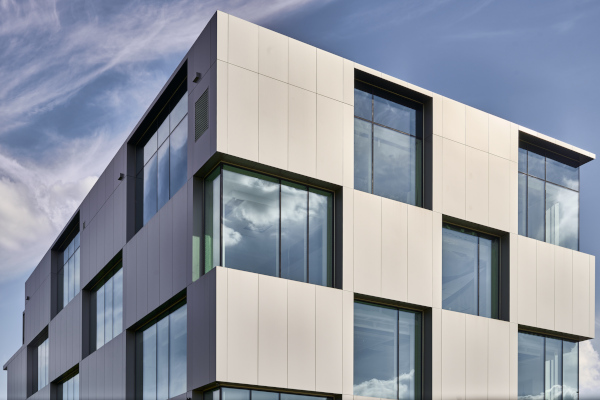For the first time since 2020, the building and construction sector has shown a promising sign of progress: emissions have decoupled from the rising global carbon dioxide (CO2) emissions, according to the latest annual report from the United Nations Environment Programme (UNEP) and the Global Alliance for Buildings and Construction.
This encouraging development signals that targeted interventions are indeed having a tangible impact, yet the report also underscores the urgent need for accelerated and broadened action.
The analysis highlights 2023 as the year where building construction growth managed to separate from plateaued greenhouse gas emissions. This positive shift is attributed to a confluence of factors, including the implementation of stricter building energy codes, the enforcement of performance standards, energy-efficient retrofitting programs for existing buildings, improved waste management practices, and the increasing adoption of low-carbon building materials. These measures led to a nearly 10% reduction in the built environment’s energy intensity and a nearly 5% increase in the share of renewable energy in final energy demand.
As UNEP Executive Director Inger Andersen aptly stated, “The buildings where we work, shop and live account for a third of global emissions and a third of global waste.” While the observed decoupling is a welcome sign that “government actions are working,” she rightly emphasizes the need for more aggressive and rapid decarbonization strategies. Andersen urges all countries to incorporate ambitious plans to drastically reduce emissions from buildings and construction within their updated nationally determined contributions (NDCs) under the Paris Agreement.
Despite these encouraging signs, the report presents a sobering reality check. Buildings continue to be a significant driver of climate change, contributing approximately 34% of global CO2 emissions. Furthermore, the report notes a concerning decline in the effectiveness of energy reduction measures. A critical gap also exists in the implementation of robust building codes, with over 50% of newly constructed floor space in emerging and developing economies remaining outside the scope of effective building codes.
The report’s conclusion is clear: the built environment is not currently on track to meet net-zero carbon and climate resilience targets by 2050. While modest advancements have been made, progress is described as “slow and fragmented.” This underscores the critical need for a more holistic and integrated approach that addresses the entire building lifecycle, from design and construction to operation and demolition.
Moving forward, governments, industry stakeholders, and individuals must collaborate to scale up effective interventions, close regulatory gaps, and foster innovation in sustainable building practices. This includes:
- Strengthening building codes and enforcement: Ensuring universal coverage and rigorous implementation of energy-efficient building codes, particularly in rapidly urbanizing regions.
- Investing in energy-efficient retrofits: Implementing large-scale retrofit programs for existing buildings to improve energy performance and reduce carbon emissions.
- Promoting sustainable building materials: Incentivizing the use of low-carbon materials and reducing embodied carbon in the construction process.
- Accelerating the adoption of renewable energy: Integrating renewable energy sources, such as solar and geothermal, into building design and operation.
- Enhancing waste management: Implementing circular economy principles to minimize construction waste and promote material reuse and recycling.
While the decoupling of building emissions from CO2 growth is a significant milestone, it is crucial to recognize this as a starting point, not a destination. Sustained and concerted efforts are essential to transform the built environment into a key enabler of a sustainable and climate-resilient future. Only through collective action and ambitious policies can we ensure that the progress made is not just a temporary fluctuation, but a fundamental shift towards a decarbonized and sustainable built environment for generations to come.
Source: USGlass with additional information added by GlassBalkan







